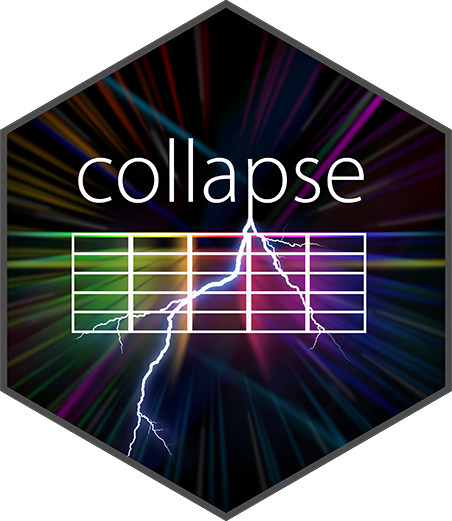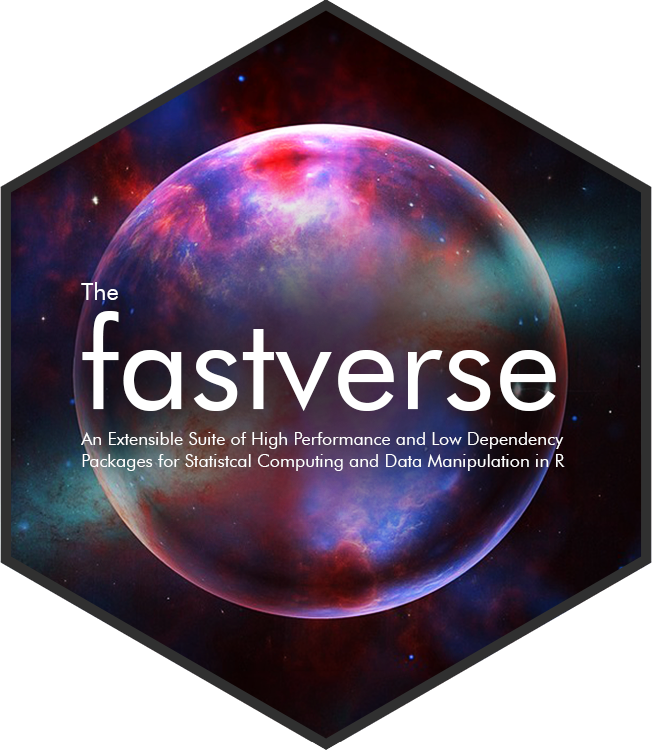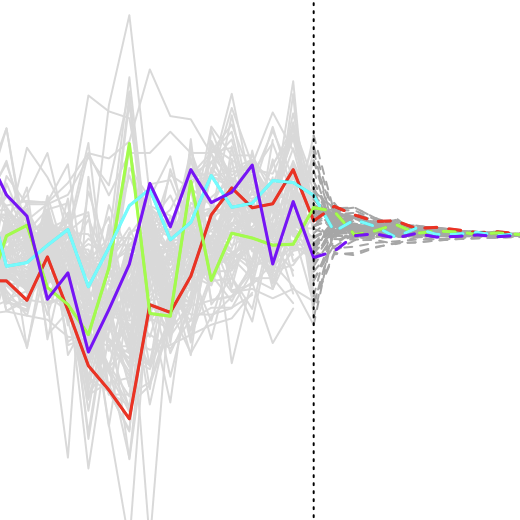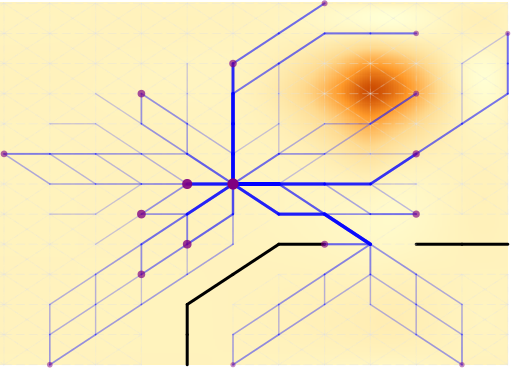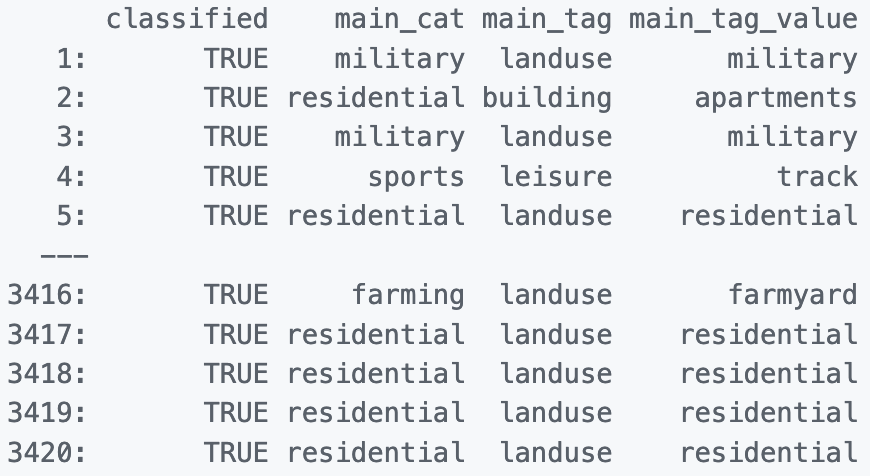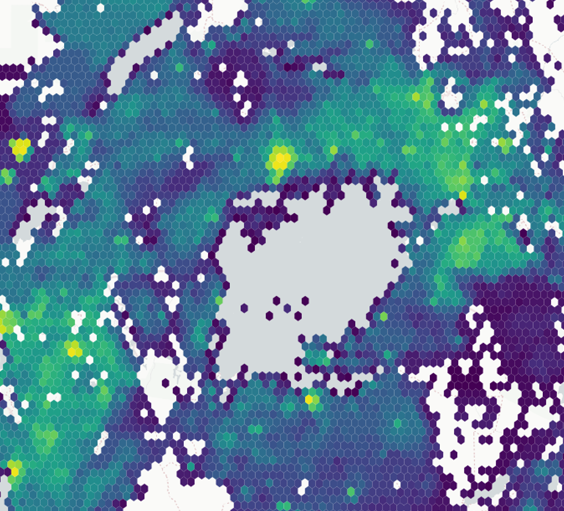collapse
Advanced and Fast Statistical Computing and Data Transformation in R
collapse is a large C/C++-based infrastructure package facilitating complex statistical computing, data transformation, and exploration tasks in R - at outstanding levels of performance and memory efficiency. It also implements a class-agnostic approach to R programming, supporting vector, matrix and data frame-like objects and their popular extensions (units, integer64, xts, tibble, data.table, sf, pdata.frame), ensuring seamless compatibility with large parts of the R ecosystem. collapse is among the world's fastest data frame libraries and benchmarked (Windows | Linux) for standard tasks. It excels at complex tasks, such as weighted quantiles, statistical modes, time series and panel data operations. It was downloaded >2.5 million times.
